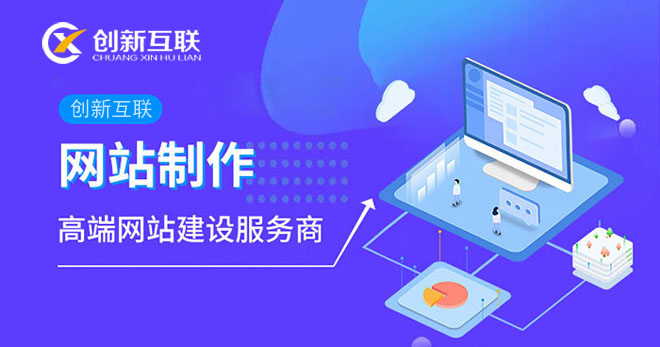实用java实现异步调用
本篇文章为大家分享一下java实现异步调用的具体方法,有需要的小伙伴可以参考一下。

一、创建线程
@Test
public void test0() throws Exception {
System.out.println("main函数开始执行");
Thread thread=new Thread(new Runnable() {
@Override
public void run() {
System.out.println("===task start===");
try {
Thread.sleep(5000);
} catch (InterruptedException e) {
e.printStackTrace();
}
System.out.println("===task finish===");
}
});
thread.start();
System.out.println("main函数执行结束");
}
二、Future
jdk8之前的实现方式,在JUC下增加了Future,从字面意思理解就是未来的意思,但使用起来却着实有点鸡肋,并不能实现真正意义上的异步,获取结果时需要阻塞线程,或者不断轮询。
@Test
public void test1() throws Exception {
System.out.println("main函数开始执行");
ExecutorService executor = Executors.newFixedThreadPool(1);
Future
future = executor.submit(new Callable
() { @Override public Integer call() throws Exception { System.out.println(
"===task start==="); Thread.sleep(5000); System.out.println(
"===task finish===");
return 3; } }); //这里需要返回值时会阻塞主线程,如果不需要返回值使用是OK的。倒也还能接收 //Integer result=future.get(); System.out.println(
"main函数执行结束"); System.in.read(); }
三、CompletableFuture
使用原生的CompletableFuture实现异步操作,加上对lambda的支持,可以说实现异步任务已经发挥到了极致。
@Test
public void test2() throws Exception {
System.out.println("main函数开始执行");
ExecutorService executor = Executors.newFixedThreadPool(2);
CompletableFuture
future = CompletableFuture.supplyAsync(new Supplier
() { @Override public Integer
get() { System.out.println(
"===task start==="); try { Thread.sleep(5000); } catch (InterruptedException e) { e.printStackTrace(); } System.out.println(
"===task finish===");
return 3; } }, executor); future.thenAccept(e -> System.out.println(e)); System.out.println(
"main函数执行结束"); }
四、Spring的Async注解
使用spring实现异步需要开启注解,可以使用xml方式或者Java config的方式。
xml方式:
"executor" />
"executor" pool-size=
"2" 线程池的大小 queue-capacity=
"100" 排队队列长度 keep-alive=
"120" 线程保活时间(单位秒) rejection-policy=
"CALLER_RUNS" 对拒绝的任务处理策略 />
java方式:
@EnableAsync
public class MyConfig {
@Bean
public TaskExecutor executor(){
ThreadPoolTaskExecutor executor=new ThreadPoolTaskExecutor();
executor.setCorePoolSize(10); //核心线程数
executor.setMaxPoolSize(20); //最大线程数
executor.setQueueCapacity(1000); //队列大小
executor.setKeepAliveSeconds(300); //线程最大空闲时间
executor.setThreadNamePrefix("fsx-Executor-"); //指定用于新创建的线程名称的前缀。
executor.setRejectedExecutionHandler(new ThreadPoolExecutor.CallerRunsPolicy());
return executor;
}
}
(1)@Async
@Test
public void test3() throws Exception {
System.out.println("main函数开始执行");
myService.longtime();
System.out.println("main函数执行结束");
}
@Async
public void longtime() {
System.out.println("我在执行一项耗时任务");
try {
Thread.sleep(5000);
} catch (InterruptedException e) {
e.printStackTrace();
}
System.out.println("完成");
}
(2)AsyncResult
如果需要返回值,耗时方法返回值用AsyncResult包装。
@Test
public void test4() throws Exception {
System.out.println("main函数开始执行");
Future future=myService.longtime2();
System.out.println("main函数执行结束");
System.out.println("异步执行结果:"+future.get());
}
@Async
public Future longtime2() {
System.out.println("我在执行一项耗时任务");
try {
Thread.sleep(8000);
} catch (InterruptedException e) {
e.printStackTrace();
}
System.out.println("完成");
return new AsyncResult(3);
}
网站名称:实用java实现异步调用
文章位置:http://www.hantingmc.com/qtweb/news37/413237.html
网站建设、网络推广公司-创新互联,是专注品牌与效果的网站制作,网络营销seo公司;服务项目有等
声明:本网站发布的内容(图片、视频和文字)以用户投稿、用户转载内容为主,如果涉及侵权请尽快告知,我们将会在第一时间删除。文章观点不代表本网站立场,如需处理请联系客服。电话:028-86922220;邮箱:631063699@qq.com。内容未经允许不得转载,或转载时需注明来源: 创新互联
- 境外高防服务器租用怎么选择好
- 在内网里电脑怎么和服务器连接?(实体服务器怎么连接网络设备的)
- 微信语音为什么是耳朵
- 创新互联Python教程:4.构建C/C++扩展
- 如何在Linux上彻底卸载GPM服务(linux卸载gpm服务)
- Win7系统任务管理器被禁用怎么办
- IIS状态码-403Forbidden(禁止)
- Python程序:计算一个数字的十进制位总和
- 瓦罗兰特阿卡丽叫什么?日本服务器叫什么原因
- 技巧分享:多Goroutine如何优雅处理错误?
- 如何修复MongoDB错误代码-14-类型不匹配
- DevOps的尽头会是NoOps吗?
- vps不限速
- 使用Redis服务测试工具开发更好的网络应用(redis服务测试工具)
- 创新互联小程序教程:微信小程序开发教程手册文档